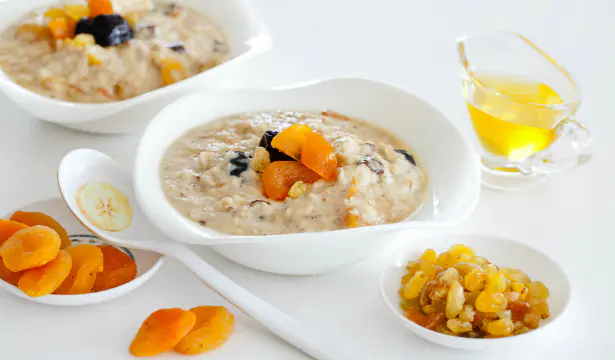Every chemically synthesized medicine has contraindications and possible side effects. But dried fruits can be treated without even consulting a doctor. However, everything must be done wisely. Even dried fruits have their pros and cons. So before pouncing on raisins or dried apricots, it’s worth considering all the possible nuances of fruit therapy.
Firstly, it is important to learn how to choose the right natural medicines for yourself, and, secondly, to understand what type of drying suits you best.
Benefits and harms
The sugar content in dried fruits is much higher than in fresh ones. This should be remembered. If you have high blood sugar, it is advisable to consume dried fruits in the first half of the day, and not at night. Raisins should be limited or completely excluded from the diet. The same applies to the calorie content of dried fruits. If a live apricot weighing 45 grams contains only 12 kilocalories, then the resulting 10-gram apricot will already contain 15 kilocalories.
But in terms of health benefits, dried fruits are usually healthier than their fresh counterparts. Of course, some unstable vitamins (especially vitamin C) disintegrate during the drying process, but in natural apples and plums they are not stored forever, decreasing in concentration every day (especially if the fruit is stored in light and heat). You can be sure of the usefulness of a fresh and juicy fruit only if you personally plucked it from the branch. Fruit intended for sale travels quite a long way from the orchard to the final consumer. While drying begins to be processed within a few hours after collection, which allows, as it were, to preserve many useful vitamins and minerals. Dried fruits fully retain calcium, magnesium, potassium, iron and many other bioactive substances.
How to choose the right dried fruits
Before starting a course of treatment, try to find a seller on the market whose products you can trust. He must clearly answer all questions about the origin of his product, methods and features of its preparation. Don't chase the beauty of dried fruits. Fruits dried at optimal temperatures (no higher than 60 degrees) without preliminary chemical treatment (to speed up the process or to give a more attractive color) are usually darker in color. First of all, this applies to dried apricots (the lighter the finished product, the less confidence in it).
Prunes are chosen by smell. A too obvious smoke aroma may indicate that the berries were smoked not with wood smoke, but with the help of the chemical additive “Liquid Smoke,” or, even worse, with combustion products of household waste. Unscrupulous producers have recently started smoking plums using smoke from car tires. Naturally, there is little benefit from such a “medicine”; rather, on the contrary, systematic use can undermine your health. And don’t let the shine of prunes deceive you. An appetizing gloss is achieved by adding vegetable oil and, most often, indicates the age of the product that was decided to be updated in this way.
The composition of exotic drying should not include anything other than the fruit itself, say, dates or figs; no preservatives! The finished product may be softer or drier. Here you can choose what you like best, since the difference can be explained simply by the difference in the initial packaging. Some dried fruits are transported wrapped in film and packed in boxes, and some are transported in bags. The former retain moisture better, while the latter manage to dry out slightly during the journey.
It is better to take “shadow” raisins, that is, dried in the shade. It is usually a little more expensive than standard options and often looks less attractive. And in general, properly prepared dried fruits, which are therefore healthier, usually look less attractive, and sometimes even completely unattractive. The only exception is traditional dried apples. When buying them from market babushkas, remember



